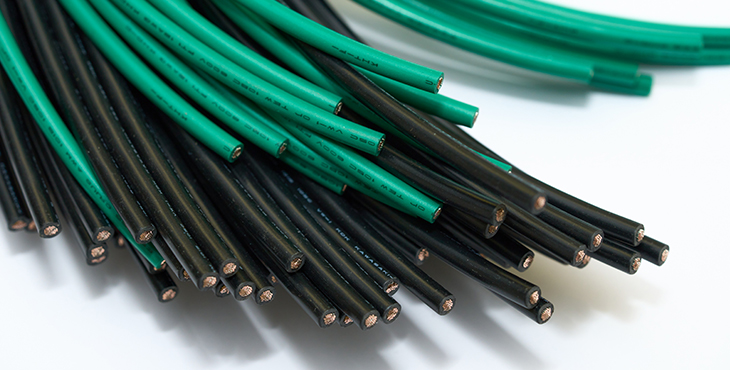A company that challenges and innovates based on principles and trust
PRODUCT

Most of the polymer materials are organic substances composed of carbon, hydrogen, and oxygen, and have easy combustion properties. Flame retardants are added to improve such properties physically and chemically to prevent polymer materials from burning well.
Flame retardants should be mixed with raw materials and additives well, should not affect the mechanical properties of the final product,and should generate smokes and toxic gases low during combustion.
product descriptions
| Types | Characteristics | Product | |
|---|---|---|---|
| Organic | Halogen | Halogen-based flame retardants function by capturing OH- and H+, which are active radicals that drive combustion, during combustion by HX, a halogen compound. In addition, HX has the effect of diluting combustible gas and blocking oxygen by generating non-combustible gas. | DBDPE, TBBA, paraffinchloride etc. |
| Halogen Free | A phosphorus-based flame retardant is a typical halogen-free type. It functions by reacting with combustible materials during the combustion process to form a carbonized film on the surface of the polymer and blocks oxygen required for combustion. Since it reacts with oxygen elements in the polymer to exhibit flame retardant effects by dehydration and carbonization, it effectively acts as flame retardant in polymers containing oxygen elements. | APP, MPP, red phosphorus, expanded graphite, etc. | |
| Inorganic | Halogen Free | AI(OH)3 and Mg(OH)3 generate H₂O during combustion,diluting combustible gas, lowering temperature, and suppressing combustion | aluminum hydroxide, magnesium hydroxide |
| Flame-retardant aid | It is mixed with a normal flame retardant to maximize the flame retardant effect. |
antimony trioxide, zinc borate, zinc stannate, calcium borate. |
|


